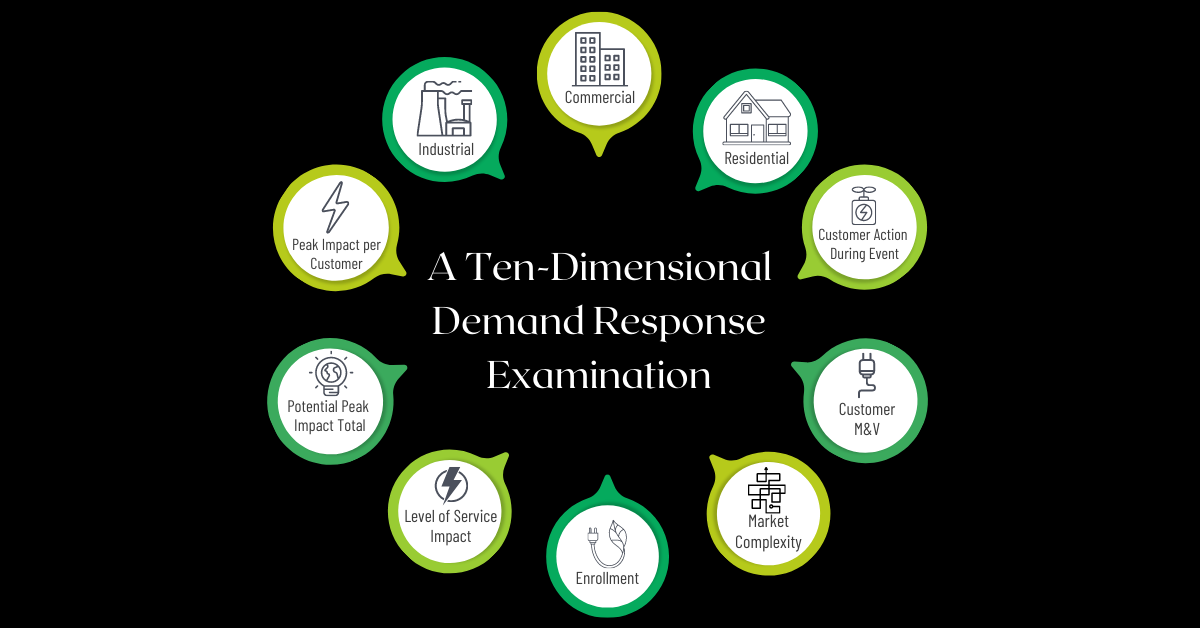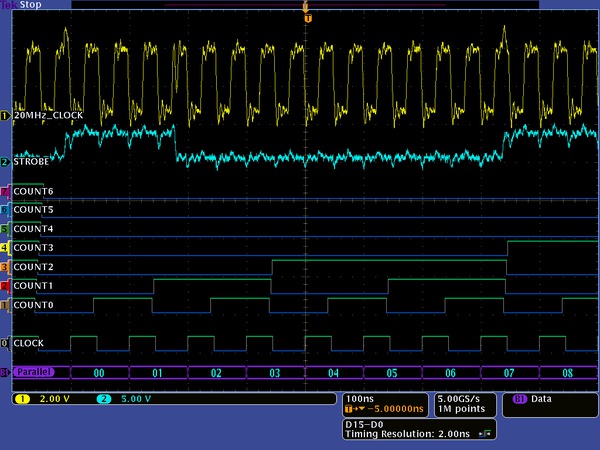
This is the third installment of this series in demand response (DR) and load management. In the first post, Curing Net Zero described why net zero is not the answer: everyone over-generates with solar or wind simultaneously, and later, everyone needs power from something else simultaneously. The second post, Demand Response Primer, gave an overview of families and specific types of load management. This time we’re looking at my scorecard of these DR resources. Here is my report card, including critical factors for each DR resource, followed by discussions of what it means. What does this poppycock mean, Jeff? Peak…
Read More




